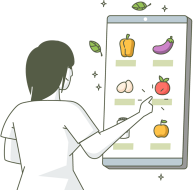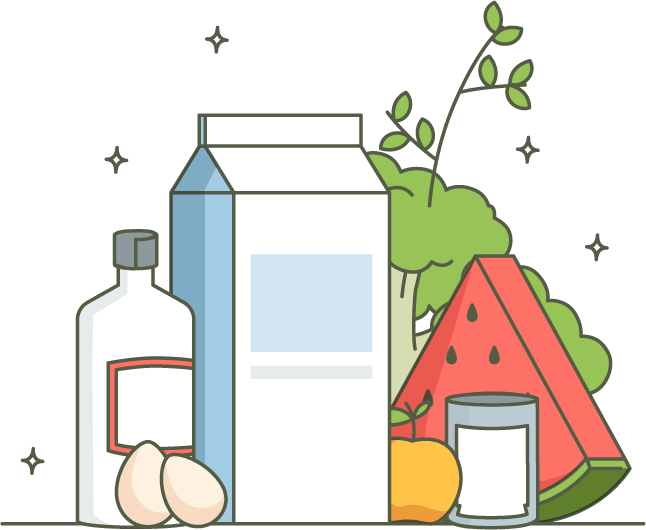8 ways to eat to save the planet
To instil in the younger population the ways in which they can help to achieve a more sustainable planet and on the other hand, to change their eating habits for healthy diets that will reduce obesity rates in European children

A healthier diet is one of the actions that must be taken to avoid dangerous climate change…
A Cambridge University study, published in Nature Climate Change, suggests that a global shift to a healthier diet is one of the actions that must be taken to avoid dangerous climate change and ensure there is enough food for everyone.
As populations grow and global tastes shift towards meat-based diets, increasing agricultural yields will not meet the projected food demands of a population of 9.6 billion people, so more arable land needs to be made available.

This will come at a high price, the authors warn, as deforestation increases carbon emissions as well as biodiversity loss, and increased livestock production will raise methane levels. They argue that current trends in food demand need to change through reducing waste and promoting a balanced diet.

The study authors write that halving the amount of food waste and managing demand for food products, in particular, with environmentally damaging changes to global diets should be key goals that, if achieved, could mitigate some of the greenhouse gases causing climate change.

On the other hand, there is another problem that is affecting the entire Western world, and that is OBESITY.
Lack of information about sound approaches to nutrition and the limited availability and affordability of healthy foods contribute to the problem. Intensive promotion of high-calorie foods and beverages to children and families further exacerbates the problem.
Reducing waste and promoting a balanced diet
Reduce overweight and obesity

The increasingly urbanised and digitised world offers fewer opportunities for physical activity through healthy play. In addition, being overweight or obese reduces children’s opportunities to participate in group physical activities.
Consequently, they become less physically active, which predisposes them to become increasingly overweight. WHO recognizes the crucial importance of reducing the level of exposure of individuals and populations to unhealthy diets and sedentary lifestyles and expresses a commitment to promote the implementation of the WHO Global Strategy on Diet, Physical Activity and Health, including, the introduction of policies and measures to promote healthy diets and increase physical activity.
About the project

8 WAYS TO EAT TO SAVE THE PLANET aims to instil in the younger population the ways in which they can help to achieve a more sustainable planet and on the other hand, to change their eating habits for healthy diets that will reduce obesity rates in European children.
It is clear that if we can get children to see this measure as natural, integrated into their own education and from the earliest years of their lives, they will be able to adopt new habits that will help them to live healthier lives later in life and help the planet to survive. For this reason we want to promote behavioural change in students’ food choices, with two basic aims:
To reduce the consumption of the foods that are most damaging to the planet in order to contribute to its sustainability.
To reduce obesity rates in children and achieve a healthier population in the future.
At the project’s outset, a challenge emerged around the originally planned focus on 8 specific harmful foods, which were to be highlighted in educational materials and activities. During implementation, feedback and research showed that limiting the scope to only 8 foods did not fully capture the complexity or breadth of the topic. Both partners and participants expressed strong interest in expanding the focus to address additional harmful foods, creating a broader and more impactful learning experience. In response to this feedback, the consortium agreed to extend the focus from 8 foods to 8 + 3, introducing three additional foods that enhanced the educational value of the project. This adaptation required careful planning, as it impacted timelines, resource allocation, and content development. By taking a flexible approach and reallocating resources to cover the expanded scope, the project maintained its quality and met the needs of participants more comprehensively. This adjustment ultimately strengthened the project, allowing for a more thorough exploration of harmful foods and aligning closely with stakeholder interest. The collaborative decision to expand the focus exemplified the consortium’s commitment to responsiveness and quality, ensuring that the project continued to meet its educational goals effectively.
Our Approach

